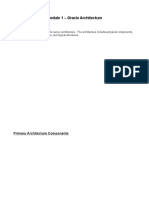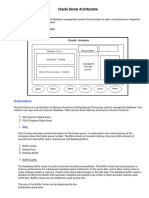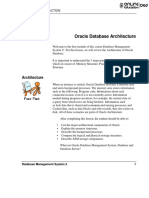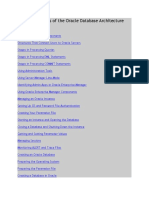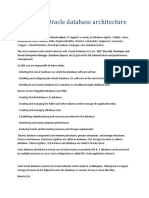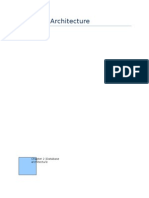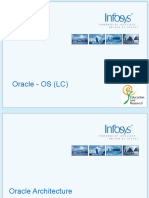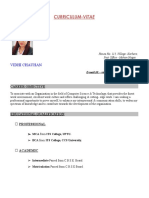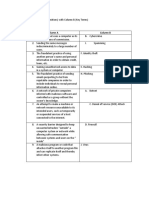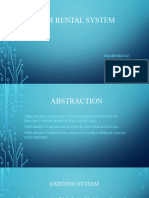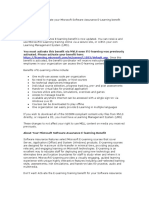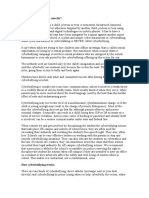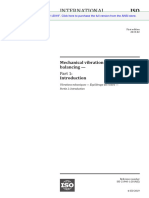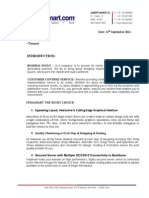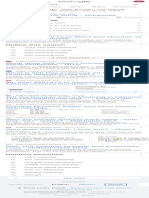0% found this document useful (0 votes)
5 views36 pagesPSORC-Oracle Database Instance, Access and Utilities
The document provides an overview of Oracle Database instances, detailing the components such as the System Global Area (SGA), Program Global Area (PGA), and various background processes that manage database operations. It also explains Oracle Database access through network connections and the process of starting up a database, along with utilities for data transfer and maintenance. Key processes like PMON, SMON, and LGWR are highlighted for their roles in managing database performance and recovery.
Uploaded by
Ddamulira CharlesCopyright
© © All Rights Reserved
We take content rights seriously. If you suspect this is your content, claim it here.
Available Formats
Download as PPT, PDF, TXT or read online on Scribd
0% found this document useful (0 votes)
5 views36 pagesPSORC-Oracle Database Instance, Access and Utilities
The document provides an overview of Oracle Database instances, detailing the components such as the System Global Area (SGA), Program Global Area (PGA), and various background processes that manage database operations. It also explains Oracle Database access through network connections and the process of starting up a database, along with utilities for data transfer and maintenance. Key processes like PMON, SMON, and LGWR are highlighted for their roles in managing database performance and recovery.
Uploaded by
Ddamulira CharlesCopyright
© © All Rights Reserved
We take content rights seriously. If you suspect this is your content, claim it here.
Available Formats
Download as PPT, PDF, TXT or read online on Scribd
/ 36







